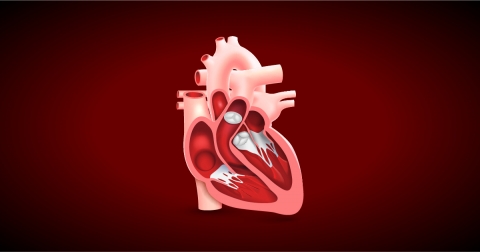Diagnosing Heart Valve Disease

Heart valves play a critical role in ensuring the right amount of blood flows through the heart at the right time. Several different types of valve disease can cause the heart valves to not function properly, and may lead to symptoms such as shortness of breath, dizziness, palpitations, or swelling of the limbs or abdomen. In diagnosing heart valve disease, physicians begin with the patient’s medical history and a physical exam followed by one or more diagnostic tests.
Patient history
Most doctor visits begin by filling out a patient history form and discussing it with your physician. This may include questions about symptoms, lifestyle, any prior diagnosis of heart disease, and any family history of heart conditions.
Physical exam
After discussing your medical history, your physician will listen to your breathing and heartbeat. Using a stethoscope, doctors can detect some heart murmurs, which can be indicative of certain valve diseases. A heart murmur is an extra whooshing sound that is heard during a heartbeat and is the sound of extra blood flowing past a valve that should be closed.
Diagnostic tests
Following a physical examination, the doctor may order one or more tests as a next step in diagnosing heart disease.
Echocardiogram
An echocardiogram is a sonogram of the heart, which uses sound waves to create a picture of how blood flows through the heart. The test, sometimes referred to as an echo, shows the functioning and health of valves.
MRI
A cardiac MRI may be used to judge the severity of a valve disease, particularly if an echocardiogram is unclear or points toward a more complex issue.
Stress test
Stress tests take images of the heart while it is working rather than while it is at rest. Many times, a patient will be asked to use a treadmill or stationary bike to raise their heart rate. If a patient is unable to exercise, the test may include a medication that simulates activity. Stress tests provide insight about valve disease that may show up during activity but be minimal or non-existent during rest.
Angiogram
During an angiogram, a catheter is used to access the heart and X-ray the different structures within it. Angiograms are often used to view coronary artery blockages, but they can also shed light on the function and dysfunction of valves. Typically done as an outpatient procedure, angiograms are ordered when other tests have not provided a complete diagnosis.
Diagnosing heart valve disease is the first step in determining the best treatment options. If you are having symptoms that might be related to valve disease, reach out to schedule an appointment with one of our OHH physicians.




